If you are a true lover of Japanese culture, then there is no doubt that you are passionate about traditional Japanese clothing such as kimonos or even yukatas. Indeed, the yukata has become a real essential of the japanese fashion, formerly worn only as traditional dress, it has evolved over the years and come back in force, today, it is not uncommon to come across very young people wearing a yukata in the streets of Tokyo in Japan.
Like any item of clothing, there is a very specific method to folding your yukata without any hassle and all in a few seconds, folding is very important, it will allow you to keep your Japanese clothing in perfect condition for as long as possible!
WHAT IS A YUKATA?
Before going any further, it is important to take stock of this typical Japanese garment, so do you know the definition of yukata ?
Literally, the term "yukata" means "bathwear", it is a kind of light kimono both comfortable and aesthetic which is adored by the Japanese. Initially used by nobles during the Heian period (794-1185), it was very common to find yukatas in Japanese thermal baths (better known as "onsen"). Even if the yukata remains a garment very close to the kimono, it is often preferred to the latter during periods of high heat, in fact, it is worn mainly in summer during festivals as well as on occasion major events such as weddings, birthdays, baptisms, etc. The yukata will allow you to enhance any of your looks and will adapt to any style, if you want to adopt a streetwear look, the yukata will go perfectly with cargo pants, it can also be worn over a Japanese t-shirt, if however you prefer to stick with a traditional outfit, it will be preferable to wear the yukata with typical Japanese jogging pants as well as geta (Japanese shoes).

FOLDING A YUKATA
Folding a yukata may seem difficult at first glance, but rest assured it's very simple and it doesn't require any additional materials than your yukata.
By wearing a yukata, you will immerse yourself in Japanese culture, so it is important to fold it properly to respect traditions.
Before listing the different steps for folding the yukata, it is important to specify that the yukata must be clean and dry before folding to avoid any stains or deformation. It's also important to store the yukata in a cool, dry place to avoid mold and bad odors, now that you know that, here we go!
-
First, spread the yukata on a flat surface, such as a bed or floor (provided it is clean of course). Make sure the yukata is stretched out and smooth.
-
Fold the yukata in half along its length, taking care to match the seams. Firstly, you need to follow the line of the side seam, this line is also known as "wakisen".
-
Fold the yukata in half again, this time at its width following the inside seam, this seam is called "okumisen".
-
Take one of the bottom corners of the yukata and fold it upwards, until it reaches the middle horizontal line. Repeat this step for the other bottom corner.
-
Now take the top two corners of the yukata and fold them downward, until they reach the middle horizontal line. Make sure the top corners line up with the bottom corners.
-
Now take the two top corners of the yukata and fold them towards the middle. Make sure the corners are aligned.
-
Fold the yukata in half again, matching the top and bottom corners. This should create a compact rectangle.
-
To finish, fold the yukata in half one last time, matching the side edges. This should create a sort of flat, easy-to-store "small package".
It's done, you are now a folding leader when it comes to yukata! By following these simple steps, you will be able to fold your yukata correctly and make it easier to store. If you have difficulty at first, do not hesitate to practice folding several times in order to completely master this art.
Last point, if you are looking for a yukata to expand your collection of traditional Japanese outfits, do not hesitate to click on the image below to go directly to our yukata collection.













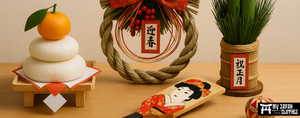
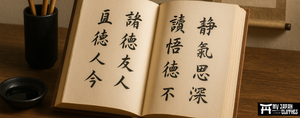







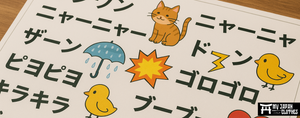


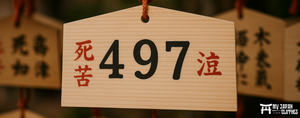
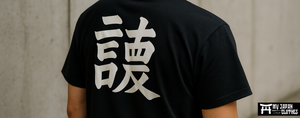

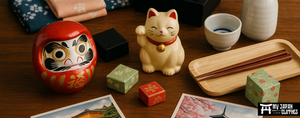






















Leave a comment